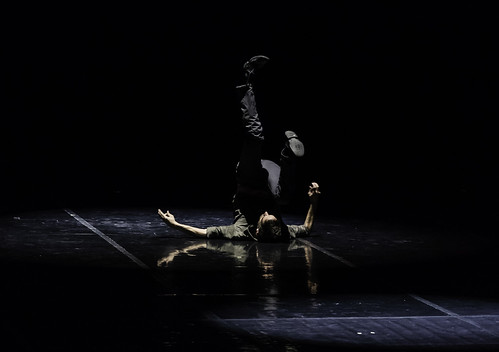Stained Glass Artisan, Louis C. Tiffany
Stained Glass Artisan, Louis C. Tiffany

Source: Flickr
Louis Comfort Tiffany (1848-1933) is related to Art Nouveau style stained glass lights and windows. He was nicknamed “Rebel in Glass” because he ventured into numerous avenues of art glass. He established Tiffany and Company not long after the Civil War and utilized numerous artists to carry out his artistic concepts.
Tiffany had actually studied painting in Paris and when he returned house, he studied Middle ages techniques in glassmaking. From his experimentation of many methods of glassmaking, he developed his beautiful “drapery” stained glass which he made use of to represent the folds and ripples in the bathrobes and gowns of figures in his stained glass windows.
Tiffany’s very first figure stained glass window was built in 1878 making use of opalescent glass from the Heidt glasshouse. He made his very first glass tiles at Heidt glass house, his factory in Brooklyn. Tiffany’s stained glass designs were distinct and built with a go for stability so that they would last and be taken pleasure in for generations.
Much of Tiffany’s work no longer exists. Without an idea, individuals threw out Tifffany stained glass lampshades; and, church and cathedral stained glass windows have been damaged with time. A few of Tiffany’s stained glass light shades, when discovered, are now valued as much as tens of thousands of dollars or more.
Tiffany’s stained glass products were not planned to be mass produced however, rather, were developed for people or church memorial gifts. Probably only less than half of Tiffany’s stained glass products are still out there. Those are primarily currently in museums or are kept by prominent collectors. So, it is not likely for you to accidentally stumble upon a Tiffany stained glass lampshade or stained glass window panel that will make you rich.
Tiffany was a passionate painter who repainted all his life. His painting capability was very helpful to him in creating his substantial stained glass windows. His “cartoons” were not merely patterns on paper, but typically they were full-size oil paintings on canvas. For Tiffany, stained glass windows were simply another type of painting.
Surprisingly, Tiffany’s stained glass windows for public buildings were signed, but stained glass windows he constructed for specific homes were not signed. He believed the families who lived in the houses would have the ability to credit to that he or his company had made their stained glass windows. This has caused problems proving stained glass windows were his.
One of Tiffany’s much better recognized designs was the Wisteria Table Lamp (c. 1900) of which numerous reproductions have actually been made. The stunning stained glass light shade is a similarity of a vine, leaves, and wisteria blooms dripping all over in gorgeous colors.
Tiffany’s stained glass works can be seen in numerous locations. One such place is the Charles Hosmer Morse Museum of American Art at Rollins College in Winter season Park, Florida where the interior of the chapel Tiffany developed is put together. It had actually been created for the 1893 World Columbian Exposition in Chicago. After the exposition, it had actually been kept in Tiffany’s estate up until the estate burned down. The chapel parts and all its stained glass windows were restored and reconstructed in the museum at Rollins College.
There are numerous of Tiffany’s stained glass windows in New Jersey. Stained glass windows at Saint James Church in Fordham, Bronx, New york city represent some of Tiffany’s finest work from the late 19th century through 1929. Other Tiffany stained glass works can be seen at the Metropolitan Museum of Art in New york city, City.
Many references to locations where Tiffany’s stained glass windows and other art can be seen can be found online.
